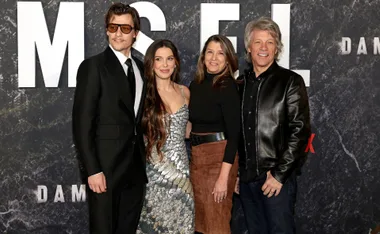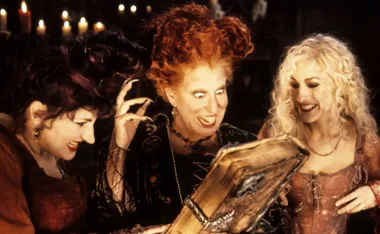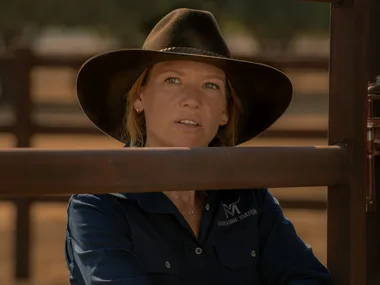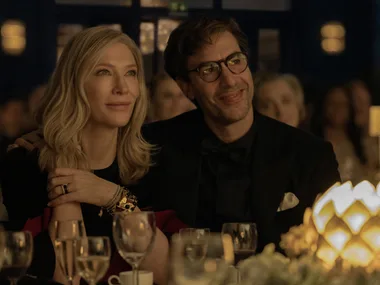Food allergies are an increasing issue and concern for all parents. It’s a problem that’s even on the radar for parents whose children do not have food allergies, because they still need to carefully consider what to pack in their child’s lunch box or what food to offer at parties.
A recent review conducted by the US Harvard Medical School has found that one in 25 school-aged children experience food allergy. In Australia the current statistics are thought to be similar.
You often hear the terms like food allergy and food intolerance — so what is the difference?
Food allergies involve the immune system and occur quickly, usually within 30 minutes of eating even a tiny amount of the offending protein. Allergies can cause severe reactions known as anaphylaxis, and although rare, can be life threatening because breathing and blood pressure may be affected.
Food intolerances don’t involve the immune system at all and are triggered by groups of foods that contain a common substance. They cause reactions in different parts of the body and take time to develop. The sensitivity to the trigger food also varies and some people with low sensitivity can still eat small amounts of the food without serious consequences.
So how can we care for the needs of children with food allergies or intolerances?
Find out if your child’s school has an allergy policy that specifies foods that aren’t allowed. Also, ask if any children in your child’s class have food allergies.
Discuss food allergies with your children and explain that it has the potential to be very serious — even if people with allergies eat just a very, very small amount of the food.
Be mindful when providing food for sporting teams, children’s parties or special occasions and remember to ask if any children have allergies.
Check food labels — the labelling laws in Australia make it compulsory for certain allergens to be printed on packaging.
Teach your child that it is very important to not swap lunches with school mates and friends. And always encourage them to wash their hands before and after meals.
If you are concerned your child may suffer from a food allergy or food intolerance, it’s always best to seek medical advice.
We really encourage all parents to read as much as they can about food allergies. Here are some good websites to get you started:
Australasian Society of Clinical Immunology and Allergy — www.allergy.org.au.
Anaphylaxis Australia — www.allergyfacts.org.au

















































